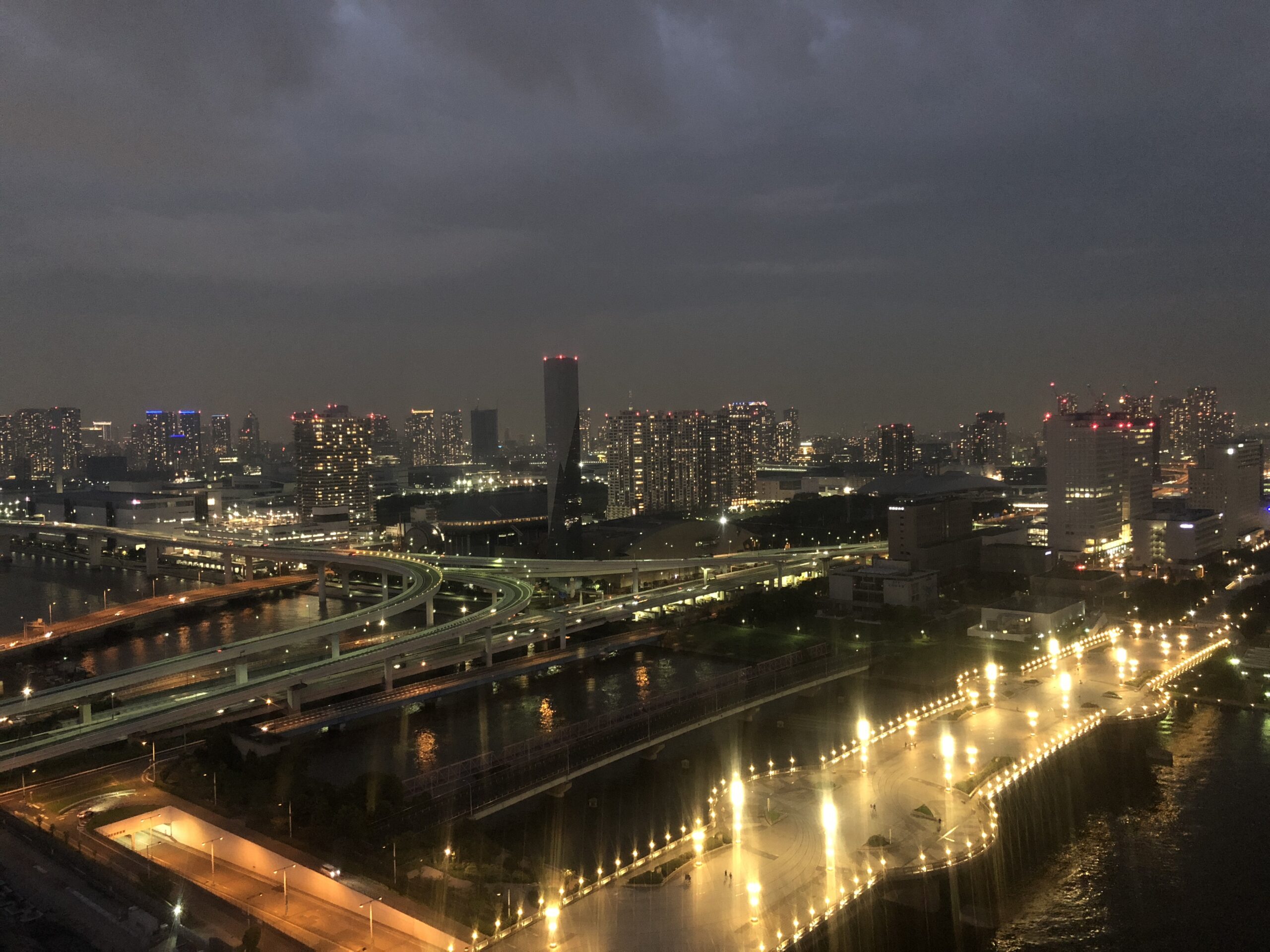Konichiwa means hello in Japanese and is a form of greeting. I learnt it during my trip to Japan four years ago in August 2018. My brother and sister-in-law were staying in Tokyo at the time, and I was going to visit them. I had planned a trip for 10 days, which included an eight-hour direct flight to Tokyo from Seattle. It was my first time visiting a country where language and food were a barrier and the cultural norms were so different from both India and the United States, which are the only two places I have lived in.
After landing in Tokyo on a Friday evening, I took a bus to get to my brother and sister-in-law’s place. My sister-in-law came to pick me up from the bus stop and we walked back to their apartment. I had asked her how to say thank you in Japanese before I left for Tokyo, and she had mentioned “Arigato Gozaimas”. I had unfortunately forgotten the “Gozaimas” part and thanked my bus driver saying “Arigato” and he had looked at me all weirdly. Recounting the story to my sister-in-law, she laughed and said “Arigato” was thank you only for close friends and family, which clearly the bus driver was not. I recalled how she had told me that in Japanese there might be four different ways of saying the same thing, but it depends on the person and the context. For example, it’s the same thank you in English at the workplace, to a stranger, to an acquaintance, and even close friends and family. In Japanese, there would be four different ways of saying thank you in the above four scenarios. It’s “Arigato Gozaimas” for someone you don’t know well but “Arigato” for close friends and family. These nuances make it difficult to learn Japanese as a language.
The next day, my sister-in-law and I started our shopping and sightseeing tour. Our first stop was Harajuku in Shibuya, where we explored the market. I have mostly had trouble with size in clothes, especially in the US, because even though they say S (small) they are still sometimes loose for me. They don’t always have XS (extra small) sizes available as well. I remember being so happy when S was too tight for me in the shops at Harajuku, thinking I had finally moved to the M (medium) size. My happiness was short-lived though on finding out that the sizes in Japan don’t map one to one with the sizes in the US or even India. The sizes were catered according to the women in Japan who tend to be small and slim. It’s hard to find clothes in a US medium size in Japan since that’s not very common there. This reflects in the anime shows as well where girls are shown as skinny. I also saw a strong resemblance between the clothes being sold and the outfits worn by girls to how it is portrayed in the anime shows – tops and skirts with knee-high socks and sneakers.


Our next stop was Meiji Jinju, which is a shrine for a Japanese emperor. The entrance has a wooden structure which is called a torii gate. After you walk along for a few minutes, there is a display with colourful barrels of sake. The main shrine is in a courtyard with two huge trees and information written all around in Japanese. One of the trees is lined with wooden plaques which have prayers written by visitors from all around the world. The structure of the courtyard and shrine was old Japanese architecture. I had seen similar structures in some animated movies I had watched. After writing our own wishes on the wooden cards, we headed back to the apartment to rest after an enjoyable day.



The next day we set out for Hayama Marina, which was an hour and a half from Tokyo through the metro and a ten-minute bus ride. After clicking some photographs, my sister-in-law and I grabbed drinks at a beach-facing shack and caught up with what was going on in our lives. I am a beach person, so the view and the company both were amazing. I couldn’t have asked for more at that moment. We left the beach in the evening, stopping in Odaiba to get dinner and admire the view from the Ferris wheel nearby. Another culture shock that came during dinner was that it’s hard to get spoons and forks in food courts or restaurants because everyone uses chopsticks. So, it was on that Sunday evening in a food court in Tokyo that I dabbled in the art of using chopsticks. I remember my brother joking that they should get me training chopsticks that kids learn with.



Odawara Castle was the next item on my itinerary. My sister-in-law and I made the two-and-a-half-hour journey and spent our time exploring the castle and admiring the beautiful 360-degree view from the observatory deck. I had a lot of time to ponder on the train back and I had to concede that it was extremely difficult being a vegetarian here. I used to think it was hard in the US, but I was in for a surprise. The definition of vegetarian was different here as well with eggs, fish and fish-derived food, all counting as vegetarian. The other problem was the language barrier, since all the packaged food had ingredients in Japanese, and one couldn’t entirely be sure if it was vegetarian. I now understood why my sister-in-law had recommended getting snacks from the US. Half of my suitcase was filled with chips, pretzels, protein bars and cookies. They came in handy during my trip and I was grateful for the advice.



The next couple of days involved me seeing a panda for the first time in my life, crossing the world’s busiest pedestrian crosswalk, going to TeamLab and visiting the world’s first ramen museum. More on that coming soon.

Leave a Reply